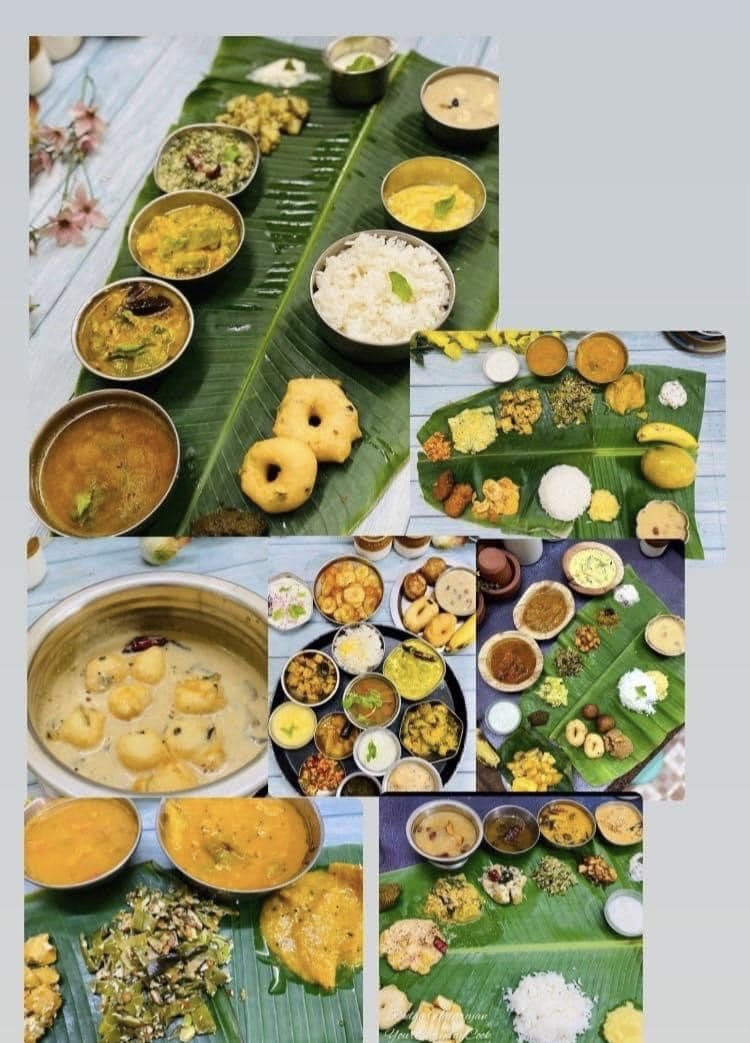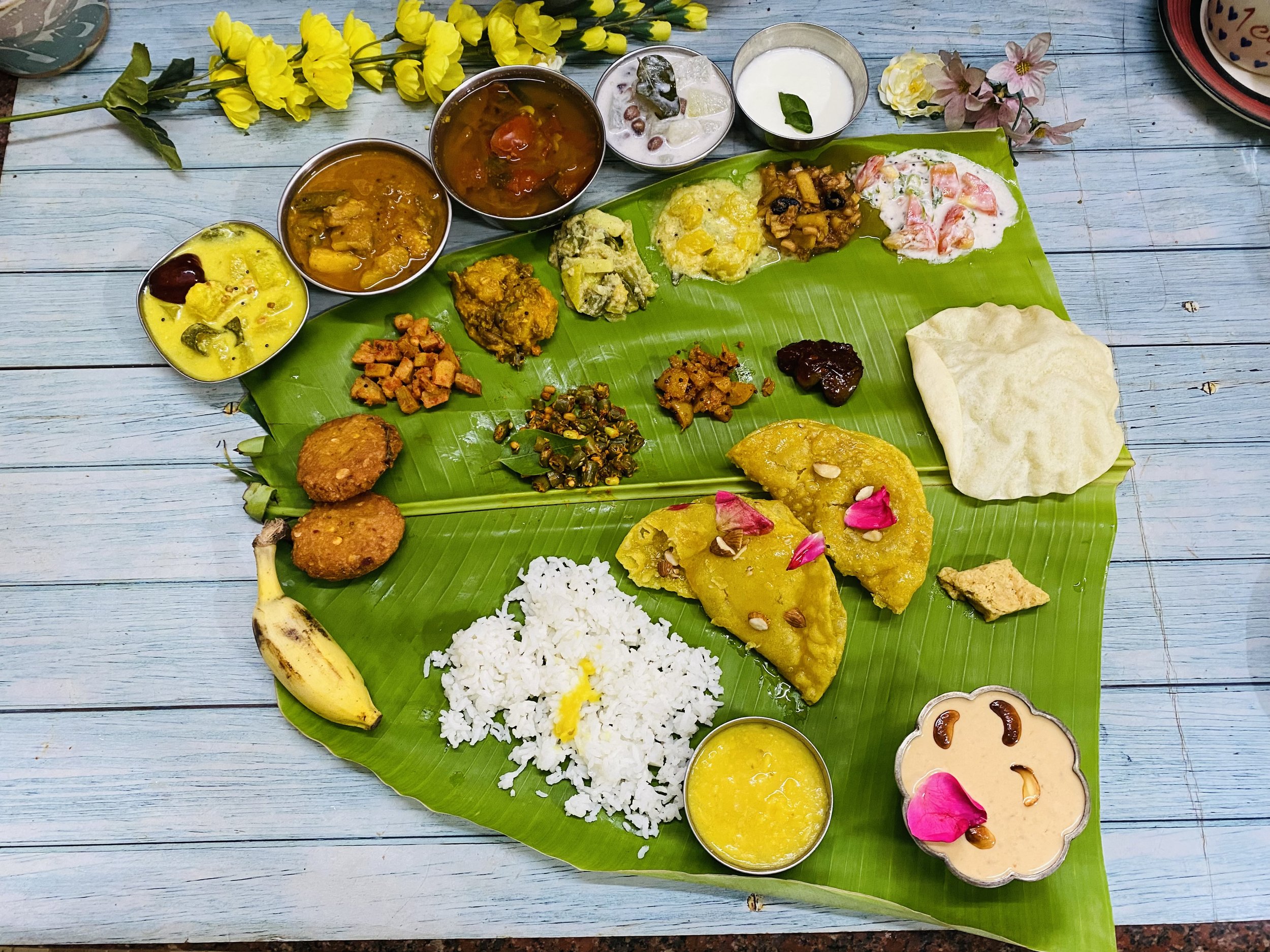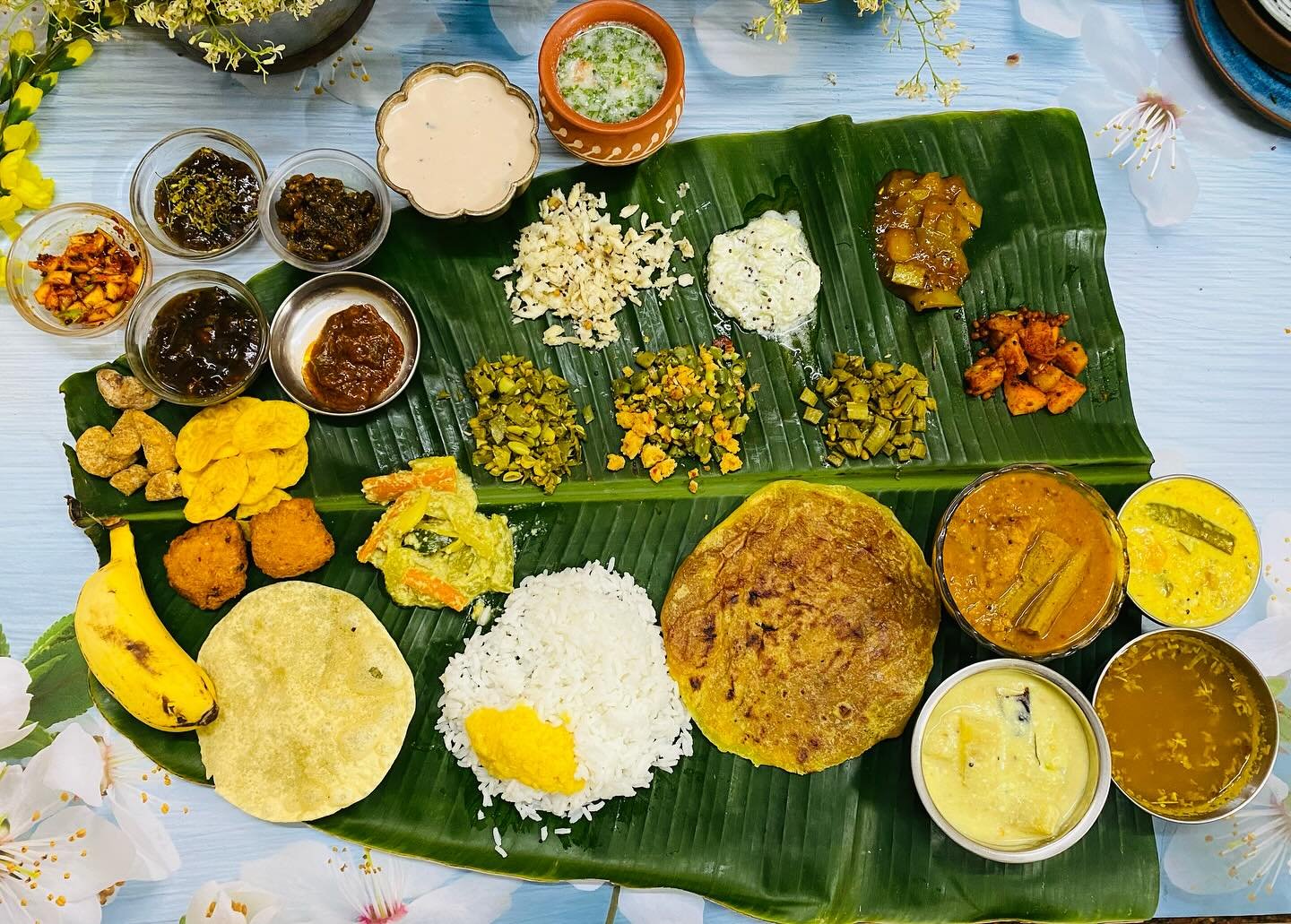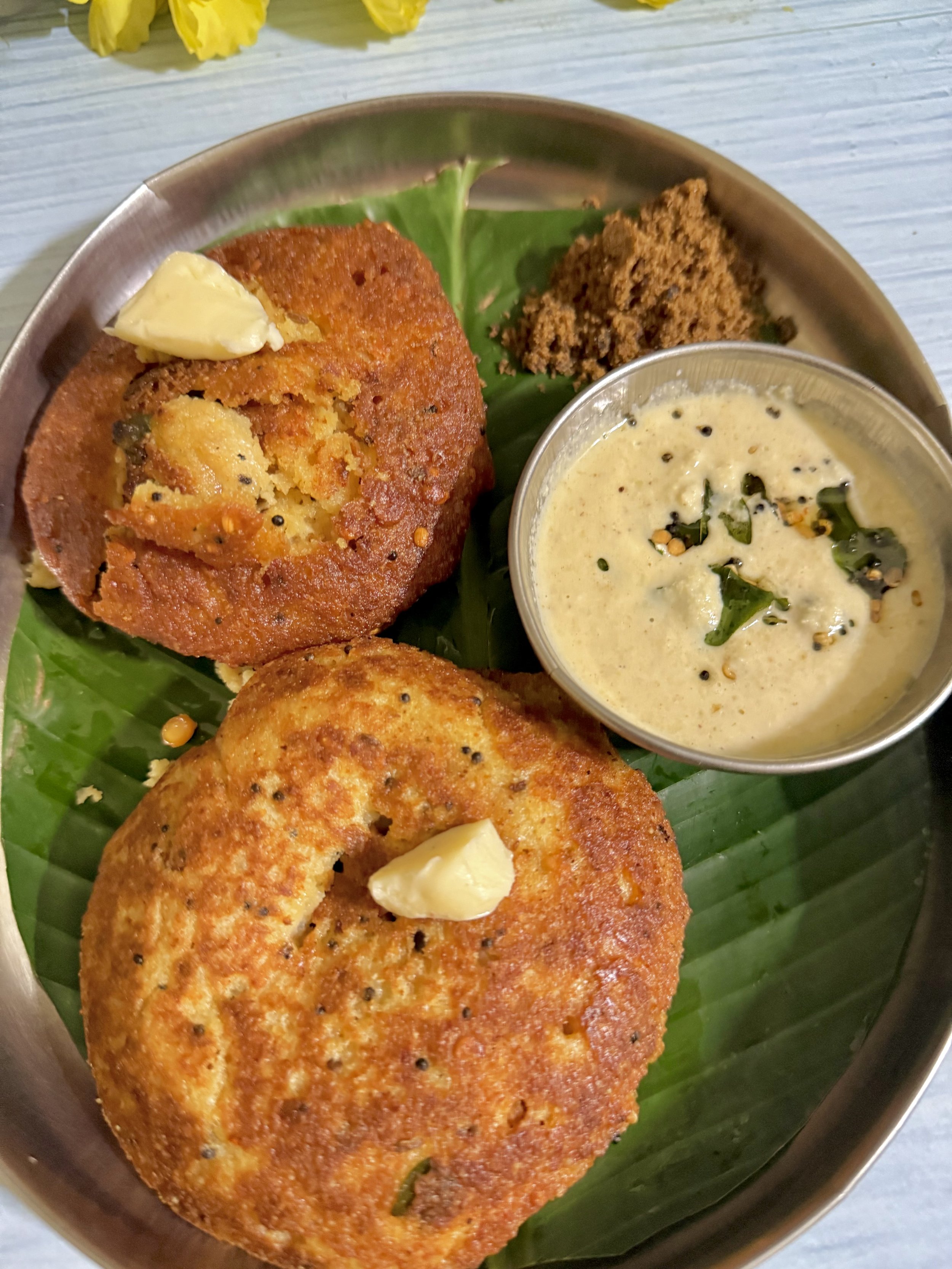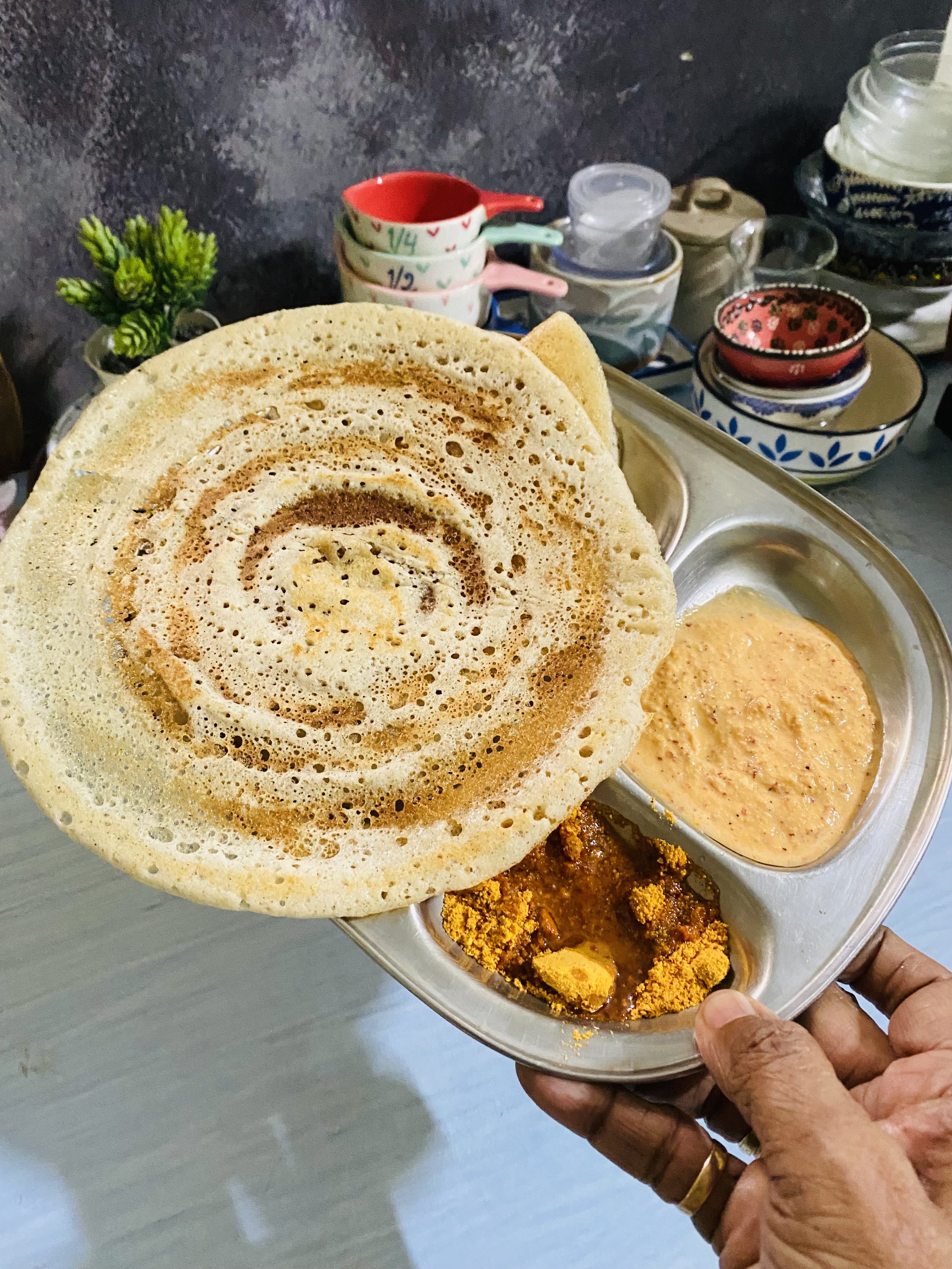Saraswati Pooja / Ayudha pooja
Saraswati Devi Pooja / Ayudha Pooja
Godess Saraswati
Godess Saraswati Devi
Saraswati Pooja / Ayudha pooja
Saraswati Devi Pooja / Ayudha Pooja
Saraswati is an important goddess in Balinese Hinduism. She shares the same attributes and iconography as Saraswati in Hindu literature of India – in both places, she is the goddess of knowledge, creative arts, wisdom, language, learning and purity.
She holds akshamaala,veena, ankusha,pusthaka in her four hands and her vahana is swan she is white complexioned like jasmine flower and she is also herself adyashakti.
Affiliation: Devi, River goddess, Tridevi, GayatriSymbols: White colour, lotus, Veena, Saraswati ...Consort: BrahmaFestivals: Vasant Panchami and seventh day of ..
Saraswati Devi is the goddess of speech, arts, music, knowledge, and mind power. Saraswati Devi is also called 'Vak Devi' the goddess of speech and sound. Saraswati Devi revealed language to man.
Goddess Saraswati is depicted as a beautiful woman dressed in pure white representing purity; sits on a white swan symbolizing knowledge and truth, her four hands holding a veena through the strings of which flows all creativity and art form and a book symbolizing the Vedas (the original source of all knowledge); a sphatik mala representing the power of meditation and a pot of sacred water having rejuvenative and purifying powers.
Her four arms represent the various aspects of human personality — learning, mind, intellect, alertness and ego. These four arms are also known to reflect the 4 Vedas — Rigveda, Atharvaveda, Samveda and Yajurveda.
Goddess Saraswati is also known to guide the souls of the deceased to find peace in their afterlife. ‘Moksha”, as they say, is a part of the “divine knowledge” imparted by the goddess.
One often sees Honey being offered to this goddess. Honey is symbolic of perfect knowledge and a lot of importance is attached to it.
According to the Rigveda, Saraswati is a river but started losing her significance as a river in the post-Vedic age. She started being associated with literature, arts, music etc. In Hinduism, Saraswati is symbolic of intelligence, consciousness, creativity and education.
Apart from Hindus, Goddess Saraswati is also worshipped by people of Jain religion in western and Central India.
As per the Vedantas, she represents the feminine energy and the knowledge aspect of Brahma.
After creating the universe, Brahma looked over what was made and realized it was unformed and utterly lacking concept. To help him with this monumental task of creating a form, Brahma decided to create the embodiment of knowledge. So from his mouth emerged the Devi Saraswati – the goddess of knowledge and wisdom.
Marriage
There are a couple of variations regarding Saraswati's spouse, but most feature Brahma as her husband. In one tradition, Saraswati married Brahma after she helped him form the universe. Another legend claims that she was first married to Vishnu, the preserver god of the trimurti. Vishnu had three wives at the time and decided to give Saraswati to Brahma.
After getting married, however, life was not perfect for the couple. Saraswati was late for a ritual, so Brahma created another wife, Gayatri, so he could perform the ritual on time. When Saraswati found out, she was devastated and angry. She cursed Brahma so humans would never worship him again. This is the case for most traditions found in Hinduism; while Vishnu and Shiva of the trimurti and other deities are worshipped, Brahma is not worshipped - even though he is the creator of the universe. It is also said that Godess Saraswati emerged from Brahma and began to give him direction on creating order in the cosmos; the sun, moon, and stars all came into being. She later became the bride of Brahma, as their matching created the order we see today.
Some Interesting facts about Goddess Saraswati
Saraswati Cursed Brahma
Incensed by his presentation of unbridled enthusiasm Saraswati reviled Brahma, "You have filled the world with yearning that is the seed of despondency. You have shackled the spirit in the substance. You are not deserving of respect. May there be not really any sanctuary or celebration in your name."
So it happened that there are just two sanctuaries of Brahma in India; one at Pushkar, Rajasthan and the other in Kumbakonam, Tamil Nadu. Unafraid by the revile, Brahma kept on providing reason to feel ambiguous about his salacious looks Saraswati. He gave himself a fifth head to upgrade his look.
Bhairava, Shiva, Confronts Brahma
Brahma's activity persuaded by want bound awareness and energized the personality. It upset the quietness of the universe and energized Shiva, the incomparable austere from his contemplation. Shiva opened his eyes, detected Saraswati's uneasiness and angrily transformed into Bhairava, ruler of dread. His eyes were red, his snarl threatening. He rushed towards Brahma and with his sharp hooks, vomited off Brahma's fifth head. The viciousness repressed Brahma's enthusiasm.
Brahma's trimmed head singed through Bhairava's fragile living creature and clung to his hand slapping him of his entire existence and making him distraught. The master of fear caused a ruckus failing to keep a grip on his detects.
Saraswati, satisfied with Bhairava's convenient activity, hurried to his salvage. With her delicate touch she breast fed him like a youngster, reestablishing his mental stability. Brahma, calmed by his experience with the Lord of fear looked for a departure from the labyrinth of his own longing. Saraswati uncovered to him the principle for his own freedom. Brahma tried to direct a yagna, fire penance, to purify himself and start once again. To lead a yagna custom the help of a spouse is required. Brahma picked Saraswati to be his better half and hence they were accommodated.
Saraswati, her Veena and the melody of the Gandharva
The Gandharvas were mythical beings who sprang from the aroma of blossoms. When they took the Soma plant whose intoxicating and animating sap was quite pursued by the devas. The robbery of the Soma incensed all the divine beings. Saraswati vowed to recuperate the soma plant. She went to the nursery of the gandharvas and with her veena made captivating tunes: the ragas and the raginis.
"Give us this music," asked the gandharvas.
"Just in the event that you offer back the Soma plant to the devas," said the goddess. The gandharvas got back to the Soma plant and figured out how to play music from Saraswati. In time they became heavenly artists whose tunes had more ability to stir the psyche than any intoxicant.
Saraswati Outwits a Demon
A devil rehearsed numerous severities to pacify Brahma. The evil spirit tried to overcome the three universes and the divine beings expected that he may request an aid that would make him powerful; the divine beings looked for the assistance of the goddess Saraswati. The goddess sat on the tongue of the devil with the goal that when the time had come to request a help everything he could state was, "I might want to never remain conscious."
"So be it," said Brahma.
Subsequently, the evil presence who needed to overcome the three universes wound up resting for eternity.
Saraswati, Lakshmi and Brahma
Brahma made the universe with the assistance of Saraswati. Brahma was the watchman of the universe. He too required Saraswati's help to support the universe. Utilizing her insight he initiated and looked after dharma, hallowed laws that guarantee security and development in the public arena.
Brahma additionally required the assistance of Lakshmi, goddess of abundance, who gave him the fortitude to guarantee vast request.
The inquiry emerged: who did Brahma need more? Lakshmi or Saraswati? Riches or information? The goddesses contended, "Information doesn't fill a vacant stomach." Said Lakshmi. "Abundance keeps man alive however gives no importance to life." Said Saraswati.
"I need both information and abundance to support the universe. Without information I can't design. Without abundance I can't execute an arrangement. Abundance supports life; expressions of the human experience offer an incentive to life. Accordingly both Lakshmi and Saraswati are expected to carry on with a full life.
Saraswati Saves the World from Shiva's Third Eye and the Beast of Doom
Shiva was woken from his reflections and glanced around to find a world near the precarious edge of debasement and being unsalvageable. Shiva concluded the time had come to start all over again. Shiva, the destroyer, opened his reality devastating third eye endeavoring to wreck the three universes.. Out came an awful fire that undermined all presence.
There was alarm all over the place. Saraswati smoothly expressed, "Don't stress. Shiva's fire consumes just that which is unclean and degenerate.";
She appeared as a stream and with her unadulterated waters got the feared fire from Shiva Badavagni - the monster of destruction.
"Inasmuch as the world is unadulterated and man astute, this horrendous animal will stay on the lower part of the ocean. At the point when intelligence is deserted and man defiles the world, Badavagni will arise and obliterate the universe," predicted the astute goddess.
Benefits of Saraswati Mantra
Regular chanting of Saraswati mantra improves speech, memory and concentration in studies. Saraswati mantra makes learning easy and memory long lasting. Dedicated recitation of Saraswati Mantra can help a student pass his exams with flying colors and a job aspirant to clear his interview successfully. Even those aspiring to go in for higher studies and research work can benefit tremendously from regular Japa of Saraswati Mantra. Artists, poets, writers and public speakers can reach new heights of achievements with the help of Saraswati mantra.
1. Saraswati Dhyan Mantra
ॐ सरस्वती मया दृष्ट्वा, वीणा पुस्तक धारणीम् ।
हंस वाहिनी समायुक्ता मां विद्या दान करोतु में ॐ ।।
Om Saraswati Mayaa Drishtwa, Veena Pustak Dharnim |
Hans Vahini Samayuktaa Maa Vidya Daan Karotu Me Om ||
2. Saraswati Beej Mantra
The Beej (or Seed ) Mantra(s) invoking Goddess Saraswati are based on mono-syllables. The Beej Mantra for Saraswati is based on the two words “Bhreem” and “Shreem”. The Mantras are simple –
i. “Aum Shreem Bhreem Saraswathaye Namaha”
ii. ॐ ऎं सरस्वत्यै ऎं नमः ll – “Aum Aing Saraswathye Namah“
Meaning : Salutations to Goddess Saraswati.
Benefit : Chanting the Bhij mantra of Saraswati can increase the intelligence and the power of speech.
3. Saraswati Mantra – Vidya Mantra for Students
सरस्वति नमस्तुभ्यं वरदे कामरूपिणि ।
विद्यारम्भं करिष्यामि सिद्धिर्भवतु मे सदा ॥
“Saraswati Namasthubhyam Varade Kamarupini
Vidhyarambam Karishyami Siddhir Bavathume Sadha”
Meaning : Ode to the Goddess to tremendously enhance focussing power and retention capacity of the mind.
Benefit : This sloka is found to improve memory, power and concentration in studies.
4. Saraswati Mantra To Gain Powerful and Proper Speech
Recite this Saraswati Mantra one lakh times. By reciting this Saraswati Mantra one becomes famous by acquiring lot of knowledge.
वद वद वाग्वादिनी स्वाहा ।
Vad Vad Vaagwaadinee Swaha |
Meaning : ‘Vag Devi, bestow on me the power of speech.’
Benefit : For the children with speech disabilities, chanting this mantra regularly can help gain a proper speech and also improve their communication skills in the future.
5. Saraswati Mantra For Enhancing Intelligence
Recite this Saraswati Mantra one lakh times. By reciting this Saraswati Mantra enhance intelligence, creativity and knowledge.
ॐ ऐं ह्रीं श्रीं वाग्देव्यै सरस्वत्यै नमः ।
Om Aing Hreeng Shreeng Vaagdevyai Saraswatyai Namah |
Saraswati Vandana
या कुन्देन्दुतुषारहारधवला या शुभ्रवस्त्रावृता
या वीणावरदण्डमण्डितकरा या श्वेतपद्मासना ।
या ब्रह्माच्युतशंकरप्रभृतिभिर्देवैः सदा पूजिता
सा मां पातु सरस्वति भगवती निःशेषजाड्यापहा ॥१॥
“Yaa Kundendu tushaara haaradhavalaa, Yaa shubhravastraavritha
Yaa veenavara dandamanditakara, aa shwetha padmaasana |
Yaa brahmaachyutha shankara, prabhritibhir Devaisadaa Vanditha
Saa Maam Paatu Saraswatee Bhagavatee Nihshesha jaadyaapahaa ||”
Meaning : ‘May the Goddess Saraswati protect me. She is fair like the jasmine-colored moon, and whose pure white garland is like frosty dew drops. She is adorned in radiant white attire, on whose beautiful arm rests the veena, and whose throne is a white lotus. She is surrounded and respected by the Gods. Please remove my weariness, sluggishness and ignorance.’
6. Saraswati Mantra for Knowledge
सरस्वति महाभागे विद्ये कमललोचने ।
विद्यारूपे विशालाक्षि विद्यां देहि नमोस्तुते ॥
“Saraswati Mahabhage Vidye Kamalalochane
Vishwaroope Vishaalaakshi Vidyam dehi namosthute”
Meaning : Salutation to the Goddess for bestowing upon me the best of knowledge and the ease of learning.
Benefit : Chanting this mantra with devotion on a regular basis can help get the desired knowledge to the fullest. Those who have difficulties with their learning can resort to this mantra as the ultimate solace.
7. Saraswati Puranokta Mantra
या देवी सर्वभूतेषु विद्या-रूपेण संस्थिता,
नमस्तस्यै नमस्तस्यै नमस्तस्यै नमो नमः॥
“Ya Devi Sarvabhuteshu Vidyarupena Samsthita।
Namastasyai Namastasyai Namastasyai Namo Namah॥”
Meaning : ‘SaIutation to the Goddess Saraswati who bestows upon me the fearlessness of life in the form of knowledge and intelligence.’
Benefit : Recitation of this Mantra gives inner peace and strength in times of distress.
8. Saraswati Mantra for Illumination
“महो, अर्णः सरस्वती प्रचेयति केतुना, धियो विश्व विराजति“
“Maho, Arnah Saraswati Pracheyati Ketuna, Dhiyo Vishwa Virajati”
Meaning : Ode to the Mother to help remove all the unnecessary fear from the heart and enlighten the mind with more knowledge and intelligence.
Benefit : This mantra is dedicated to Goddess Saraswati to illuminate the minds of knowledge seekers and to dispel the fear of new worldly experiences.
9. Saraswati Gayatri Mantra
ॐ वागीश्वर्यै विद्महे वाग्वादीन्ये दीमहे तन्नः सरस्वती प्रचोदयात ||
“Om Vageeshwaryae Vidmahe Vagwadeenyae Dhimahe Tannah Saraswati Prachodayat”
Meaning : ‘Let me meditate on the goddess of speech. Oh, wife of Lord Brahma, give me higher intellect, and let Goddess Vani illuminate my mind.’
Benefit : Chanting this mantra can sharpen the capabilities of students and calm the senses of those who feel panic before the exams and other big events.
Significance of Saraswati Puja
Saraswati puja is a very important puja. If you please the Goddess Saraswati she can grant you with a lot of knowledge and talents. The people who are affected by Rahu must worship the goddess Saraswati regularly. She is the mother of the Vedas. Some say that she is the daughter of Lord Shiva and goddess Durga. There are many more theories about her origin.
No matter what story is said about her origin one thing is for sure that she is considered to be the goddess of knowledge and wisdom. She has four hands that signify the ego, mind, intellect and alertness of the human beings. You will find her holding lotus in one hand this signifies true knowledge. She also holds the vedas in one hand and carries a veena (musical instrument).
Small kids who are yet to learn how to write are a part of this tradition. On the day of Saraswati Puja many small kids sit infront of the goddess Saraswati in a queue. They are accompanied with an elder. They are made to write one or two alphabets. The elders hold the tiny hands of the child and make them write these letters. It is considered an auspicious day to start writing. It is said that if a child writes his or her first alphabets in the presence of goddess Saraswati they will always be blessed by the goddess and will do well in their education.
The great poet and philosopher Kalidas was blessed by goddess Saraswati. It is said that he was a very foolish man and was married to a princess. When the princess realised that how foolish Kalidas actually was she left him. Kalidas was very upset and wanted to kill himself. Goddess Saraswati appeared to him and blessed him with immense knowledge. After that he became one of the most talented poets India had ever produced. He also became famous for his knowledge. This shows how powerful the blessing of goddess Saraswati can actually be.
Vijaya Dasami and Banni tree .
Dussehra is celebrated as a victory of good over evil. Ravan kidnapped Sita and Rama Lakshmana, Hanuman with all the tribe attacked Ravan. It is believed that on the day of the Dusshera Rama killed Ravana and his brother Kumbhkarn and Lakshman killed his son Meghnath. Sita was free again. So, even after all the plotting and planning evil faced it's consequences, and good won, hence the festive celebration.
Dussehra – The tenth day of celebration
Navratri is all about vanquishing evil , and success for the good ness.. The nine days of Navratri are classified as per the three basic qualities of tamas, rajas and sattva. The first three days are tamas, where the goddess is fierce, like Durga and Kali. The next three days are Lakshmi related – gentle but materially oriented goddesses. The last three days are dedicated to Saraswati, which is sattva. It is related to knowledge and enlightenment.
Vijayadashami – The Day of Victory
The main significance of celebrating Dussehara festival is celebration of Vijaya (win) by good over evil, truth over untruth or false, purity over impurity etc.
This is the same day that Rama killed Ravana and Durga killed demon Mahishasura. Durga observes divine rituals for 9 days in Sharad Navaratri to increase her destructive power and on tenth day she kills the demon.
After Navratri, the tenth and final day is Vijayadashami – that means you have conquered all these three qualities. You did not give into any of them, you saw through every one of them. You participated in every one of them, but you did not invest in any one of them. You won over them. That is Vijayadashami, the day of victory. This brings home the message of how being in reverence and gratitude towards everything that matters in our lives leads to success and victory.
Dussera is also called as vijayadashami this festival is celebrated in two ways - In North india we do celebrate by burning the ravana effigies and in Karnataka by doing Pooja for banni(shami) tree and tools , materials like knife, Spade, chairs etx.
After completing their abandoned 13 years of life they came to the place where they recovered all the hidden weapons by doing Pooja under the banni tree, and with the help of weapons and thier troops called war with the kauravas to regain all the wealth and kingdom,later they were succeeded in that kuruksethra war,
Banni mara /tree
Banni leaves image google
SHAMI TREE / BANNI TREE/ VANNI MARAM - Vanni Tree (Prosopis Spicigera) is a holy tree in hindu tradition belongs to Fabaceae. However this is very rare and found only in a few places. Vanni tree is worshipped on Vijaya Dasami since gave relief to Parvati by its shade when she was tired.Shami is a rare medicinal tree.
The Sami tree for Hindus is very sacred.
In the Mahabharata, the Pandavas spent their thirteenth year of exile in disguise in the kingdom of Virata. Before going to Virata, they hung their celestial weapons in this tree for safekeeping for a year. When they returned after a year, they found their weapons safe in the branches of the Shami tree. Before taking the weapons, they worshipped the tree and thanked it for keeping their weapons safe.
Pandavas kept their weapons on Sami tree before they enter Virata kingdom.
When Yudhishtira asked Arjuna where should they keep their weapons for one year,Arjuna said..
Arjuna said, "Hard by yon cemetery and near that inaccessible peak is a mighty Sami tree,throwing-about its gigantic branches and difficult to ascend. Nor is there any human being, who, I think, O Pandu's son, will espy us depositing our arms at that place. That tree is in the midst of an out-of-the way forest abounding in beasts and snakes, and is in the vicinity of a dreary cemetery. Stowing away our weapons on the Sami tree, let us, O Bharata, go to the city, and live there, free from anxiety!"
Arjuna chose Sami tree also because of its placement near cemetery.
The tree stood in the midst of a forest on the outskirts of Virata kingdom.
So generally the place being isolated,none would trace the weapons,kept on the tree,hidden in the branches.
Having said thus Arjuna untied Gandiva,his most famous bow with which he won many battles. Rest of the Pandavas also did the same.
Sami tree is worshipped on Vijayadashami and on special occasions.
Sami prayer
shamI shamayate paapam shamI shaTruvinaashinI |
arjunasya dhanurdhaari raamsya priyadasrshinI ||
Sami removes sins,Sami destroys rivals..Sami ,the favourite of Sri Rama and the bearer of Arjuna’s Gandiv bow.
Religious significance of Banni tree
This tree is highly revered among Hindus and worshiped as part of Dusshera festival.This tree takes importance during the tenth day of the Dasara Festival, when it is celebrated in various parts of India. Historically, among the Rajputs, the ranas – who were the high priest and the king – used to conduct the worship and then to liberate a jay which was the sacred bird of Lord Rama.In the Deccan, as part of the tenth day ritual of Dussahera, the marathas used to shoot arrows onto the crown of the tree and gather the falling leaves into their turbans.
The tree is known by different names across the western and northern regions of India, e.g. Shami in Maharastra & Uttar Pradesh, Jammi in Telangana, Khijro in Gujarat, Khejri in Rajasthan, Janti in Haryana, and Jand in the Punjab.
In Karnataka, Acacia ferruginea has also been locally referred to as Banni mara as the tree where the Pandavas hid their weapons during exile. Banni mara or tree is the tree which is revered and worshiped on Vijay Dashami day.
Prosopis cineraria is the tree which is known as the Banni mara and is also the tree which holds a special place in the Mysore Dasara where its worshiped on the Vijay-dashami day.
Browse my Instagram for more . Follow me in Instagram for daily recipes and videos .



















